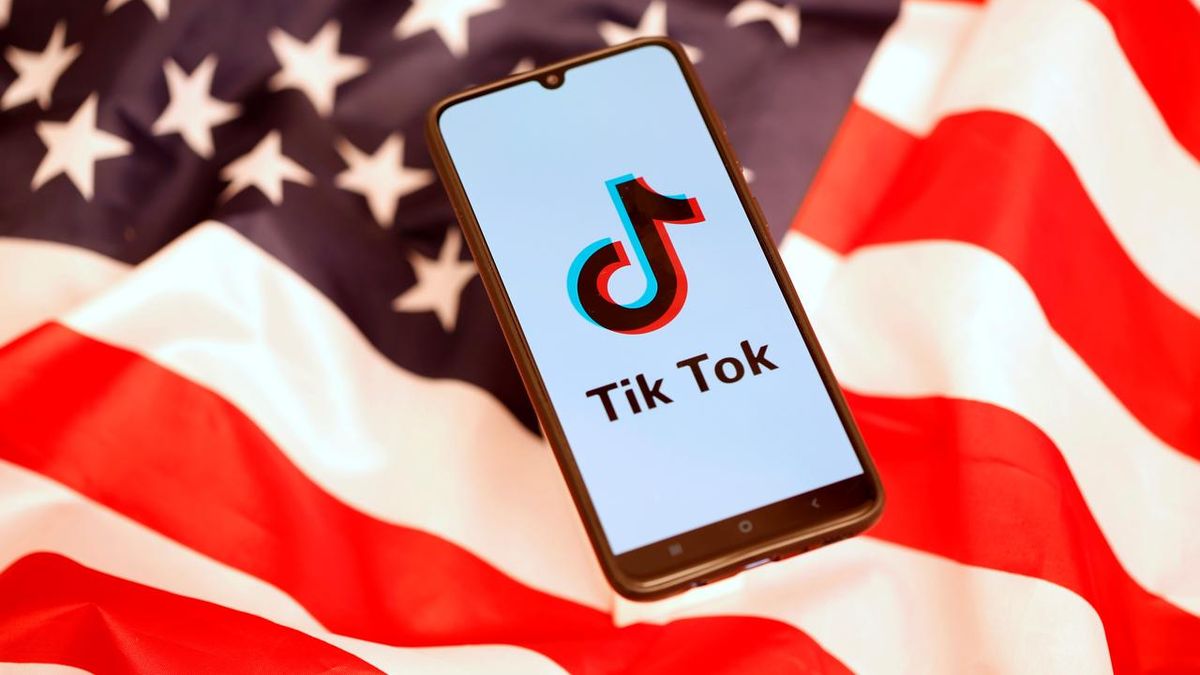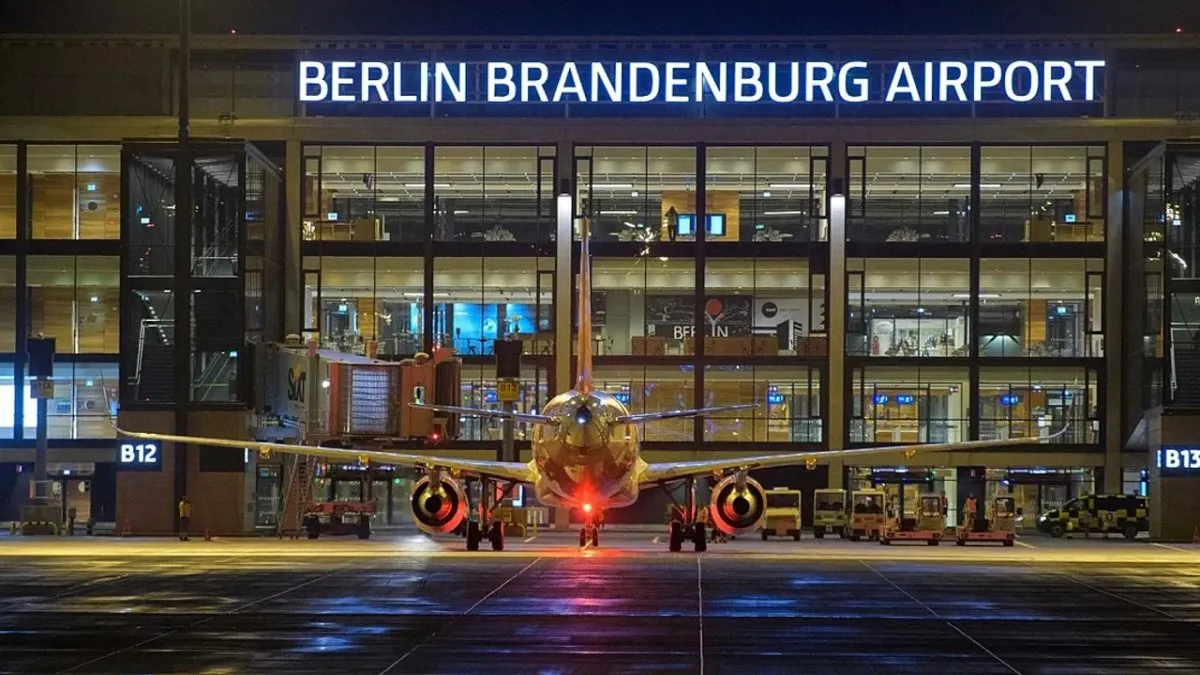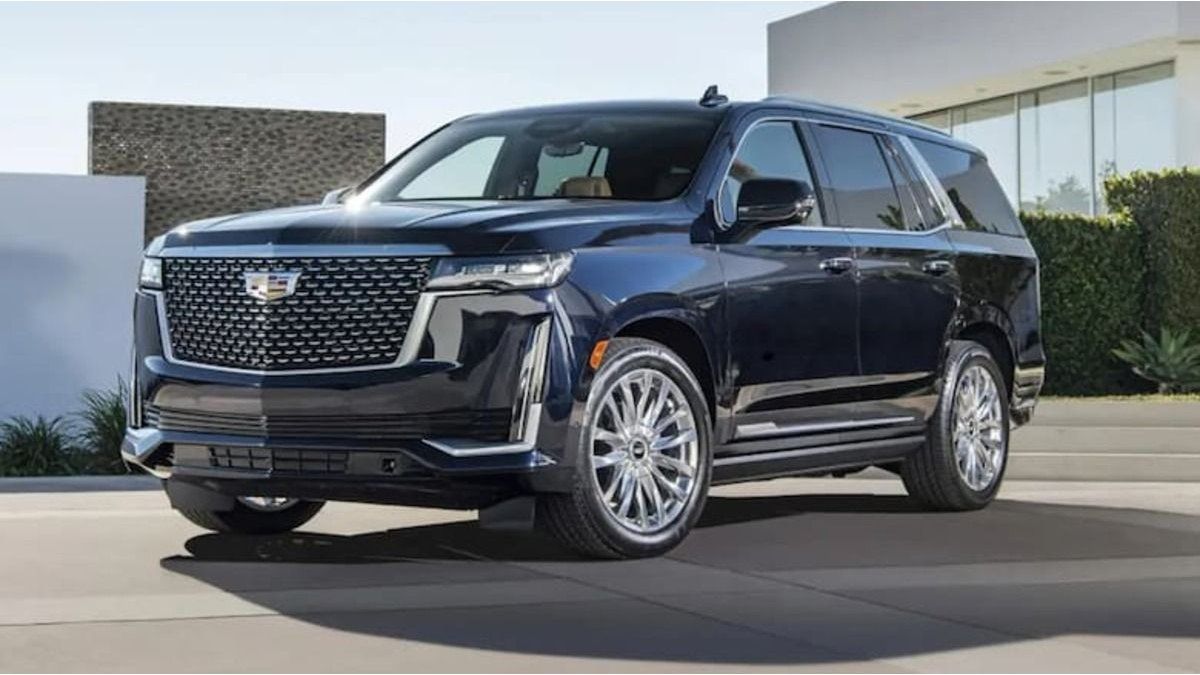Federal election
BSW, FDP and the Left are trembling: The consequences of the 5 percent hurdle
Copy the current link
In an extreme case, the next Bundestag could have eight parties – or even half as many. Everything depends on how the small parties perform. Also the coalition options.
Viewed from below, the five percent hurdle seems quite high. Not only the FDP and the Left are experiencing this, but also the Sahra Wagenknecht alliance. After its initial election successes, the BSW has now fallen to 4 percent in some nationwide surveys. This means that the new party is almost on a par with the 3 to 4 percent of the left from which the BSW split off. After the crashing collapse of the traffic light coalition, the Liberals are also measured at only 3 to 5 percent.
All three parties bravely assert that many voters have not yet made up their minds. In fact, polls so long before the election date on February 23rd say little, and the margin of error is so large that a measured 4 percent could also be 5 or 3. Nevertheless, it is worth keeping an eye on the three small parties. Because its success or failure could shake up the entire federal policy.
A parliament with up to eight parties
“Shifts of a few percentage points have a major impact on the distribution of mandates,” writes Manfred Güllner from the Forsa Institute in an analysis. “If the votes on election night corresponded to the current political mood, only four parties would be represented in the new Bundestag.”
However, if the BSW, Left and FDP came into parliament, there would be seven parties there. In an extreme case, there could even be eight, because the Free Voters are trying to get into the Bundestag via three direct mandates in Bavaria – but from the point of view of observers, their chances are slim.
Coalitions could get complicated
The formation of a government would vary greatly depending on the outcome, as Güllner writes. If only the Union, SPD, Greens and AfD sit in parliament, according to the pollster’s analysis, black-green or black-red would have a clear majority capable of governing. If there were seven parties, “the Union would only have a majority with the SPD and the AfD as well as the Greens and the FDP,” he continues.
For the three parties themselves, it’s all about the whole thing. The Left and the FDP have had a series of electoral defeats in the federal states, the BSW is still under construction. If they drop out of the Bundestag, they will lose attention and a large part of state funding. But all three are confident that it will work out for them – and are convinced that they are needed.
“We gained 14,000 new members last year alone,” argues Left leader Jan van Aken. Things are going up in the polls. This will continue, he is “totally optimistic”. The Left is talking to people at their front doors; people have knocked on them more than 100,000 times all over the republic. “We know what motivates the population,” says van Aken, who is also the top candidate. “Rents and prices must fall.” These are his central themes.
The Left’s great hope is the “Silberlocke Campaign”: The three party celebrities Gregor Gysi, Dietmar Bartsch and Bodo Ramelow should each win a direct mandate and thus secure their return to parliamentary group strength with the help of the basic mandate clause. Van Aken even thinks that the Left will win more than three direct mandates. He recently used the word co-governing, but with the addition that it was hardly realistic at the moment.
The Sahra Wagenknecht alliance
There is still enthusiasm in the BSW about the successes so far. Founder Sahra Wagenknecht swept her members off their chairs again with a speech at the party conference in Bonn on Sunday. She attributes the fact that the “wind is blowing in the BSW’s face” to a hostile environment. Some see their benefices threatened, said Wagenknecht. “And their revenge is a public campaign of lies against the BSW.” Media reporting is unbalanced.
Top topics for the BSW are peace and the import of cheap energy from Russia. This is how the economy should get going. It remains a mystery why Wagenknecht is running as a candidate for chancellor given such weak poll numbers. When asked, she said: “Robert Habeck and Alice Weidel’s chances of becoming chancellor are no better than mine.” It is also unclear who the BSW could form a federal coalition with. Wagenknecht calls for a government made up of experts without party affiliation, but says: “Of course, a coalition would be needed for this, as the government must be supported in parliament.”
The FDP is also encouraging itself, despite poor poll numbers after the traffic light break. The designated Secretary General Marco Buschmann told “t-online” that only when posters were hung on the street would many people think about who they would vote for. The Free Democrats would score points with their arguments. Economic turnaround and debt brake are the key words.
Party leader Christian Lindner is speaking aggressively about co-governing again, with the Union as a new partner. His strategy: bring voters back from the political fringes. At the Epiphany meeting in Stuttgart, Lindner said: “Without the AfD and BSW there would have long been a black-yellow majority in the German Bundestag.” However, this calculation is quite theoretical for the time being: the AfD gets 20 to 22 percent in surveys – and is therefore around five times as strong as the FDP.
dpa
Source: Stern
I have been working in the news industry for over 6 years, first as a reporter and now as an editor. I have covered politics extensively, and my work has appeared in major newspapers and online news outlets around the world. In addition to my writing, I also contribute regularly to 24 Hours World.




